Saturday, the 27th of February, 1627.
The master artist Mansur, who works under the patronage of Mughal emperor Jahangir, must finish his painting of a dodo and prepare for an imminent journey to Kashmir when he is interrupted by a younger colleague, Bichitr. An innocuous remark from this visitor – first to Mansur and a little later to the portraitist Abu’l Hasan – has dire consequences as more characters at the imperial atelier, the library and the Women’s Quarter are drawn into a web of secrets, half-truths and petty rivalries.
At the heart of the story is a jewel-like verse book whose pages Mansur has illuminated and filled with lifelike butterflies. On reaching Verinag, the royal summer retreat in Kashmir, the painter must present the book to its author, the empress Nur Jahan, who had commissioned it as a keepsake for her husband, the emperor Jahangir.
A delay in the book reaching Mansur from the bindery adds to his apprehensions that its very existence is no longer a secret, coupled with dread that so precious an artefact might fall into the wrong hands.
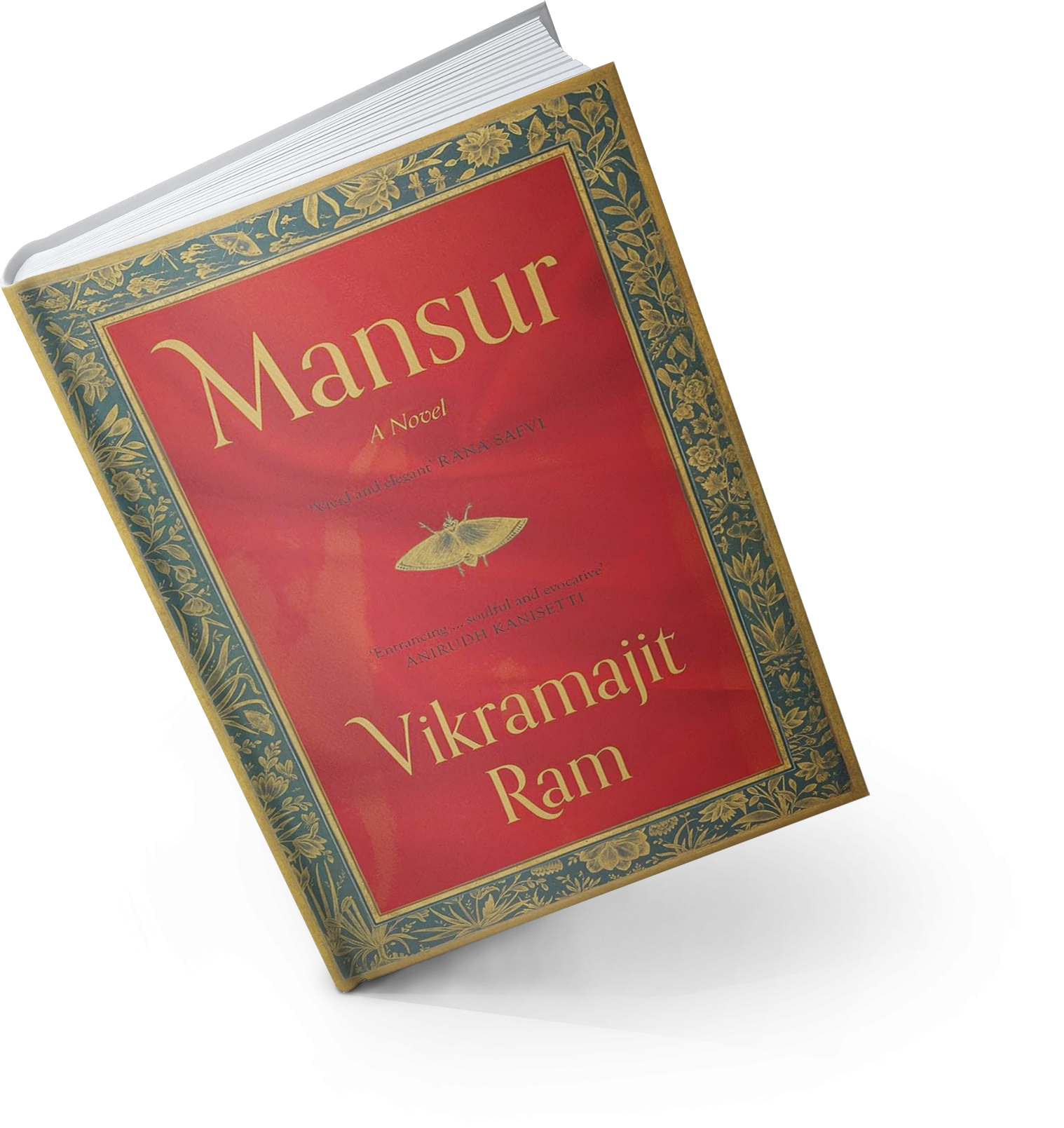
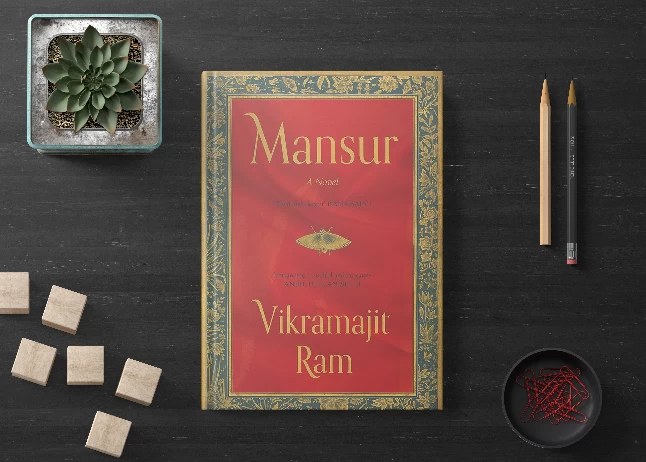


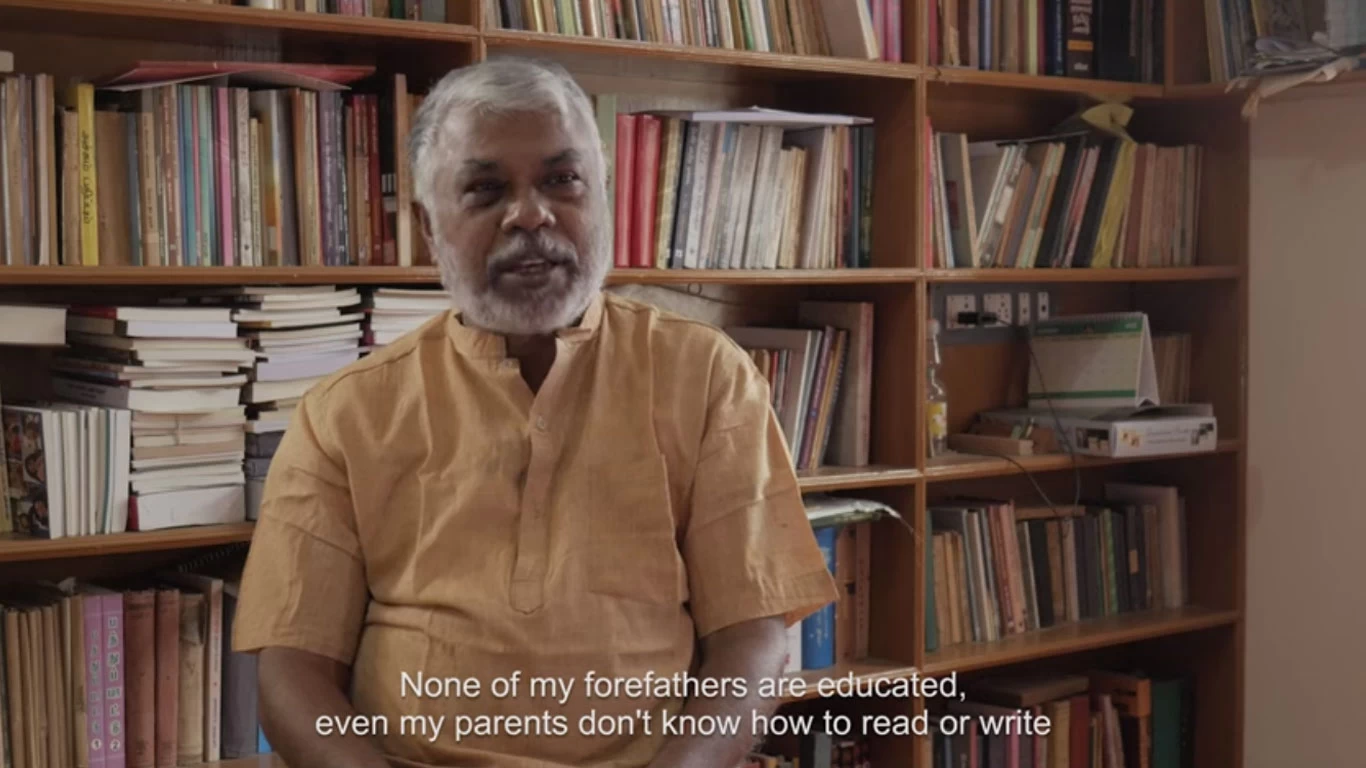
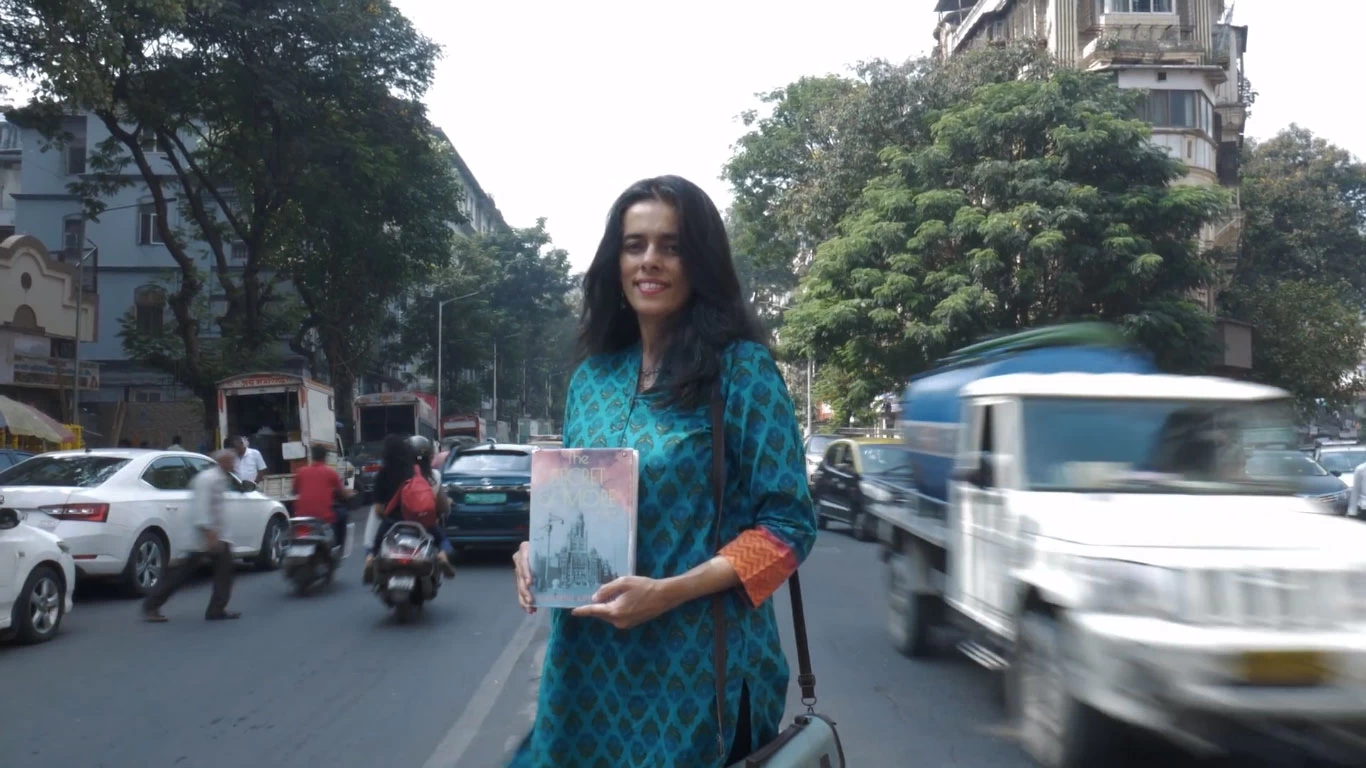

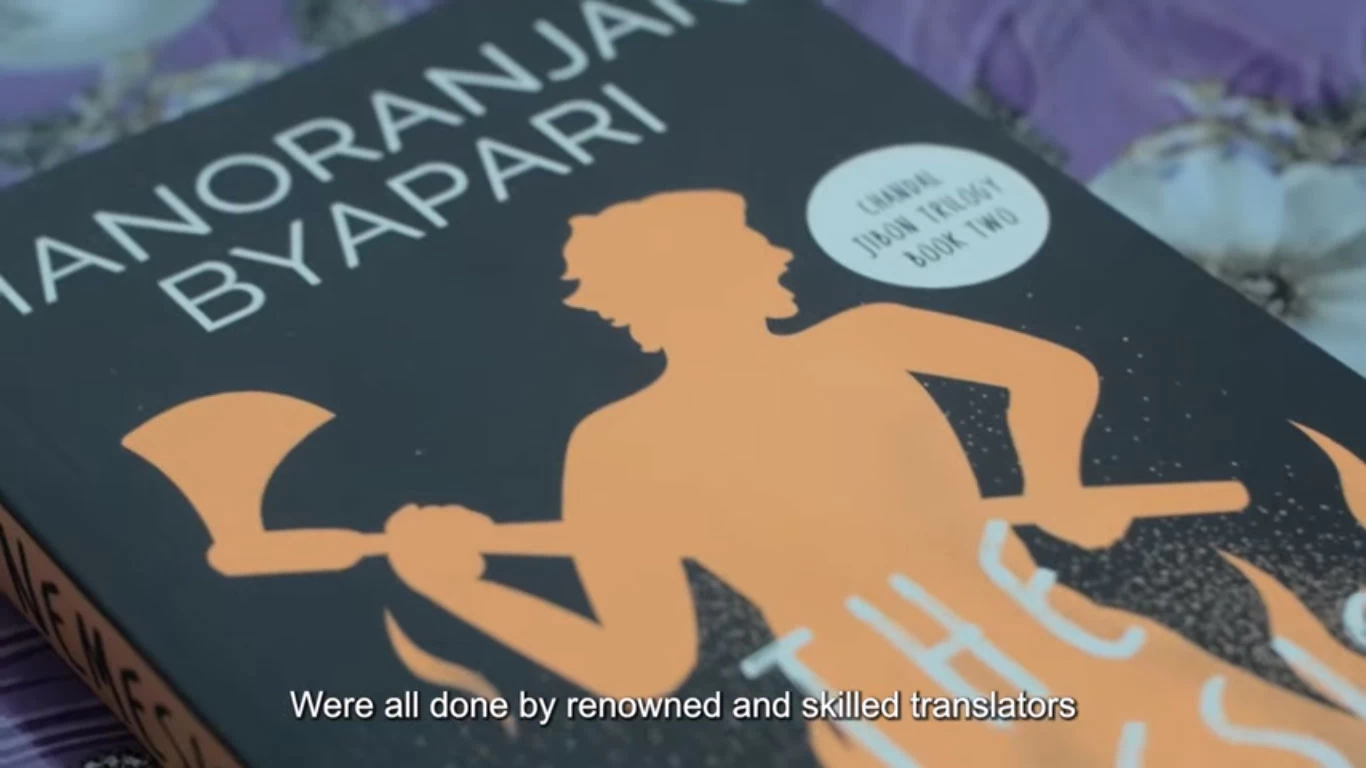
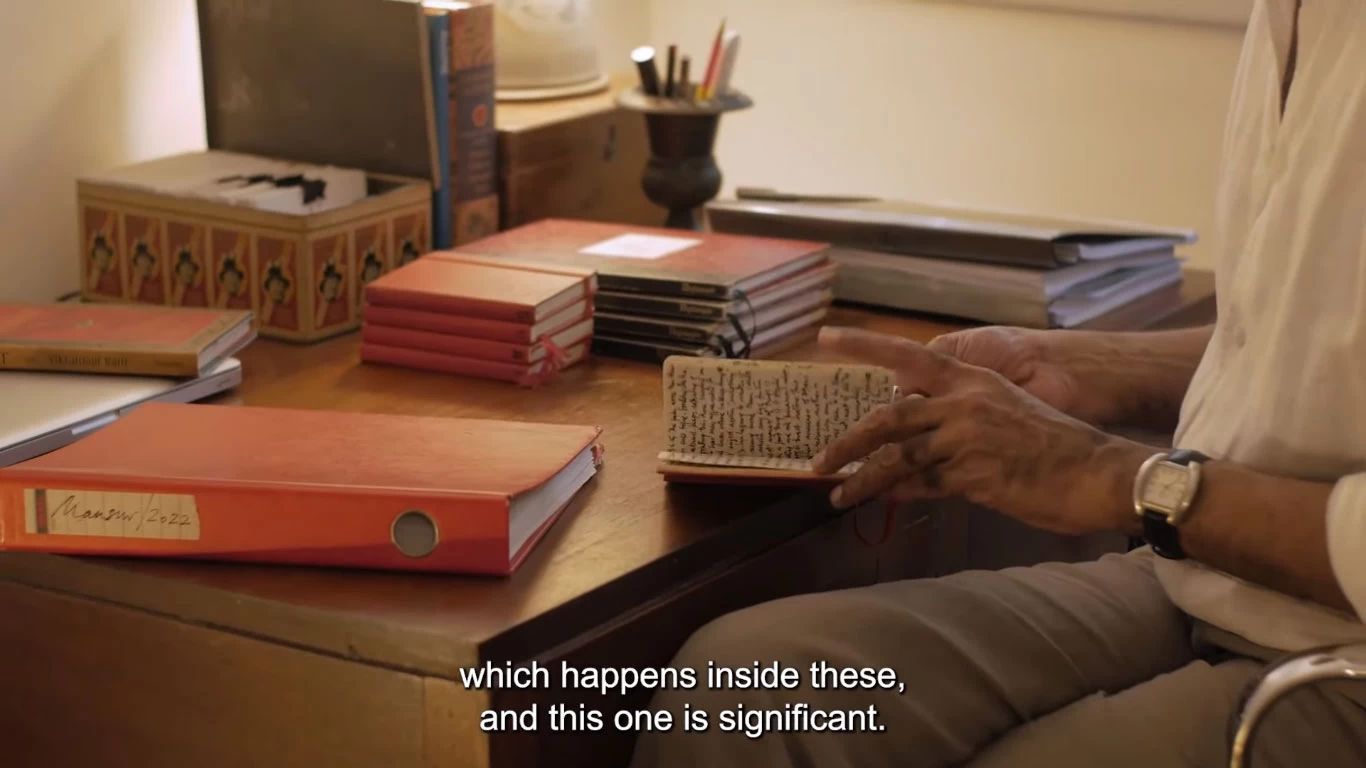
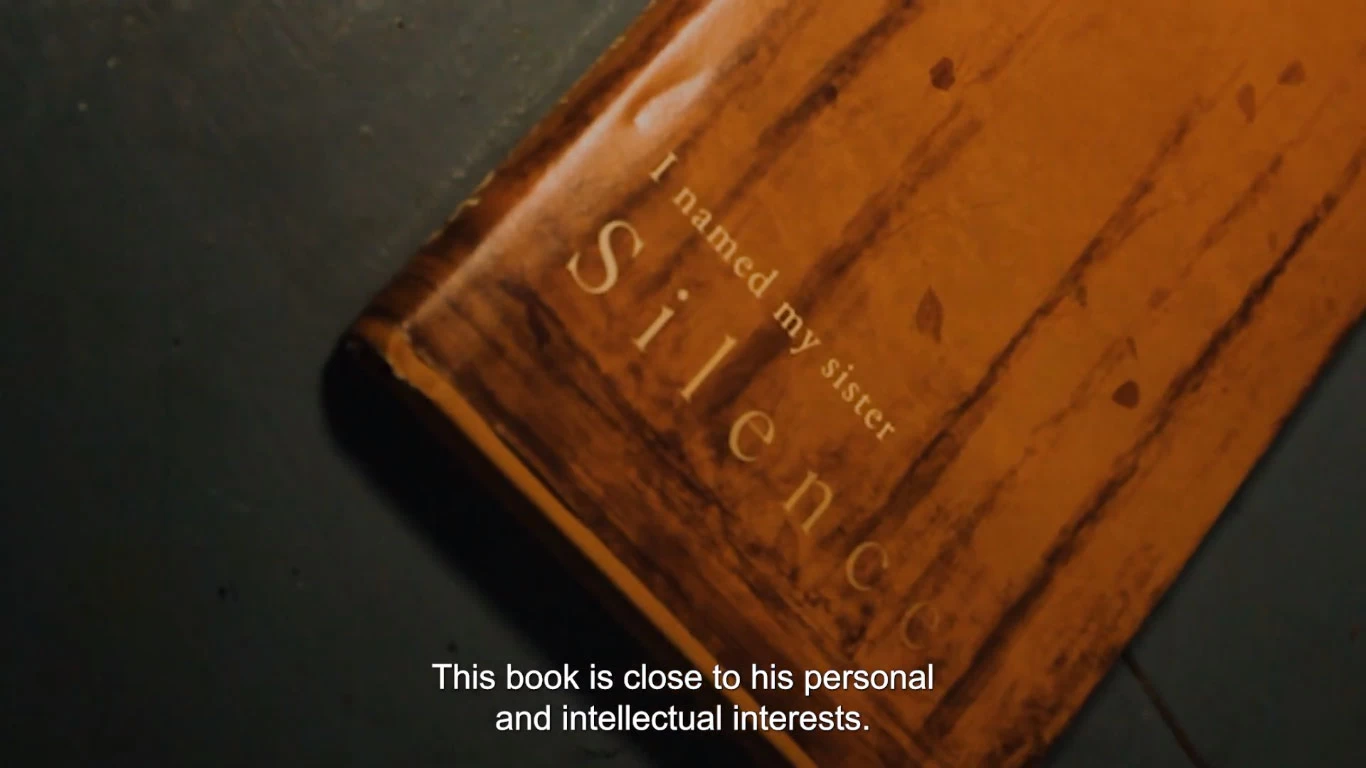
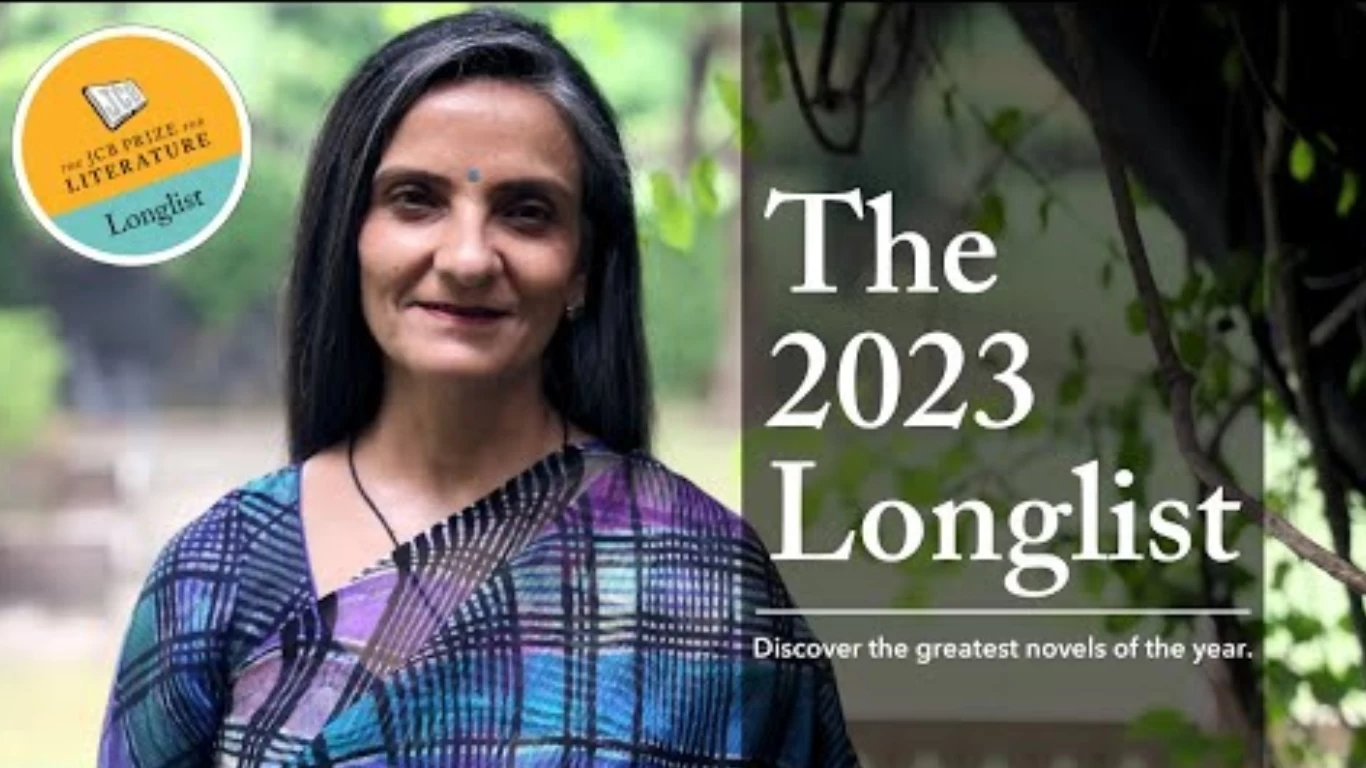
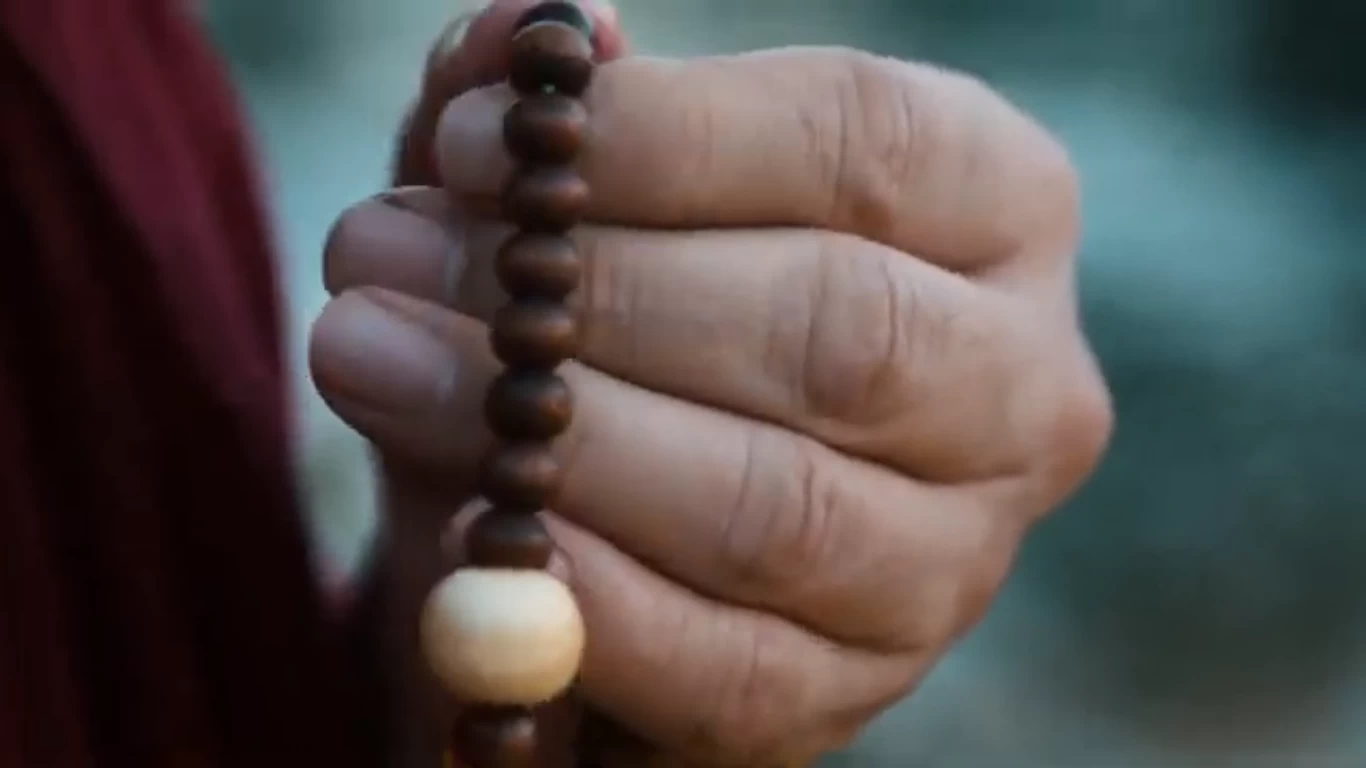
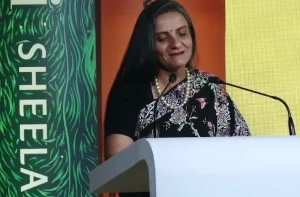
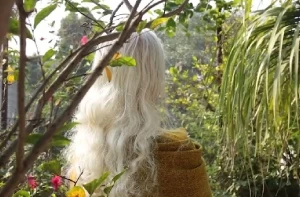


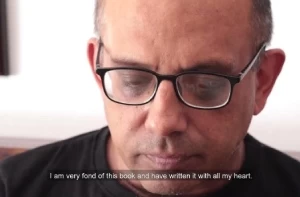

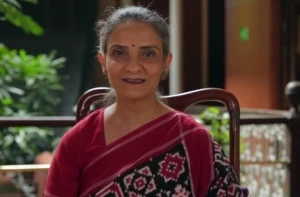
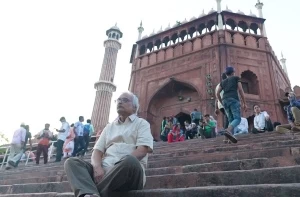


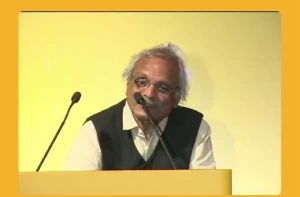

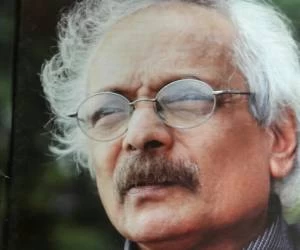
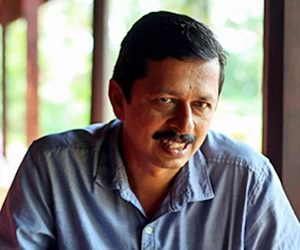


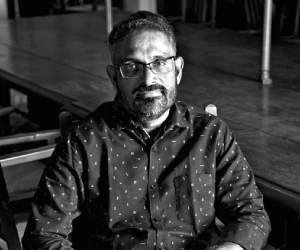
JURY COMMENTS
Vikramajit Ram’s slender, yet profound, novel takes us inside the 17th-century Mughal atelier, where the eponymous master artist Mansur is finishing an exquisite, illuminated book, just in time for it to reach the royal summer retreat in Kashmir. But its long journey North is riddled with intrigues brewing in the women’s quarters, fuelled by the twisted ambitions of Mansur’s rivals. Like a beautiful miniature painting, Ram’s novel forces us to pay close attention to the details, especially to the wispy characters lurking in the fringes. Mansur is a triumph of minimalist storytelling, every sentence shining with a gem-like clarity.